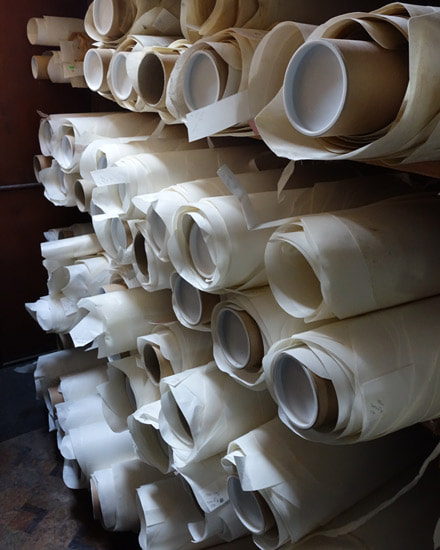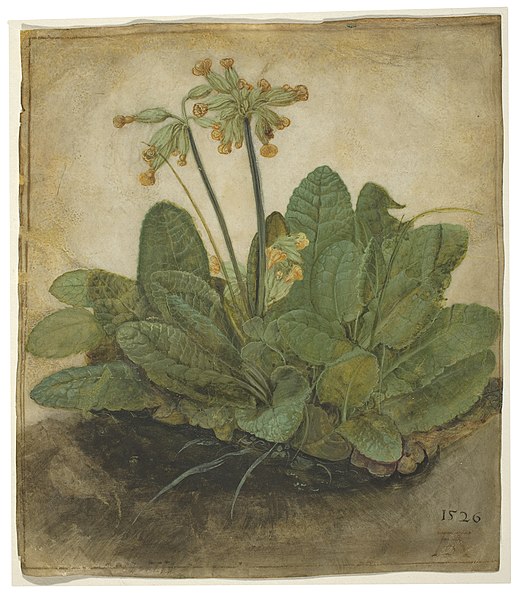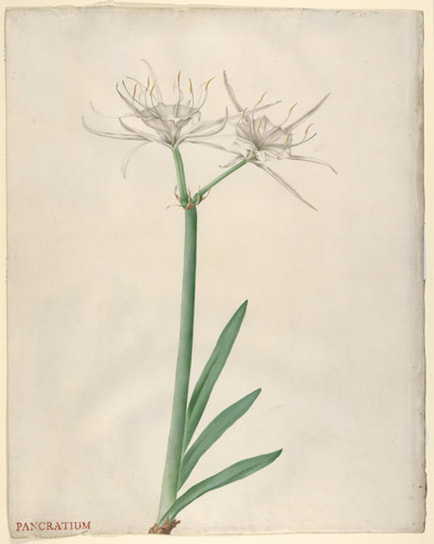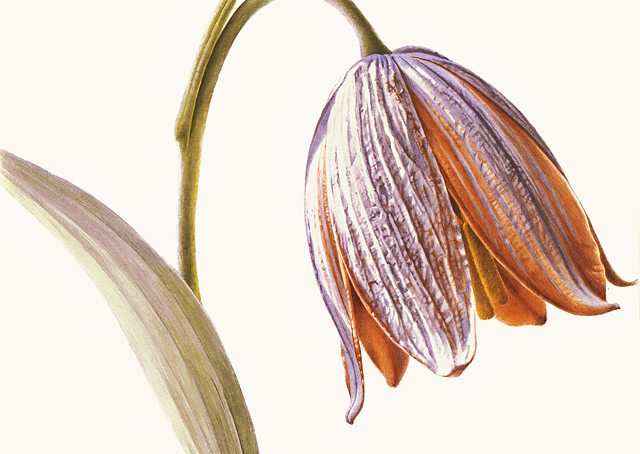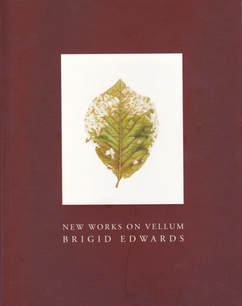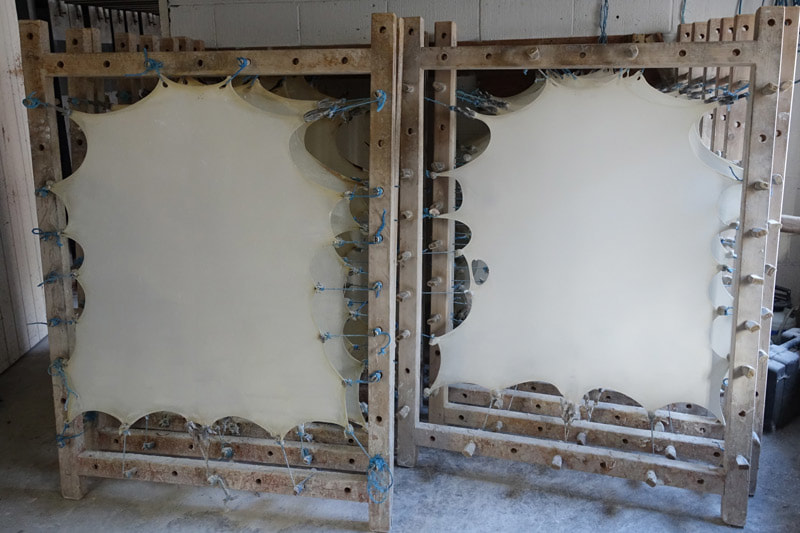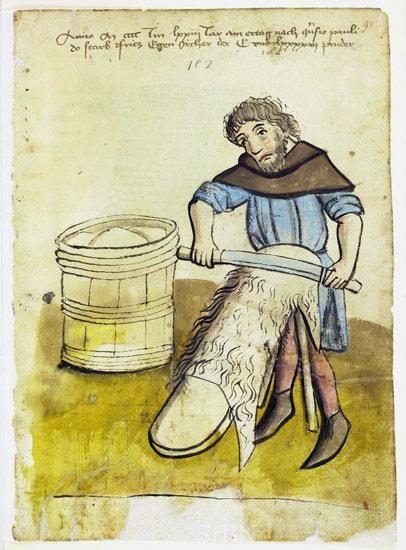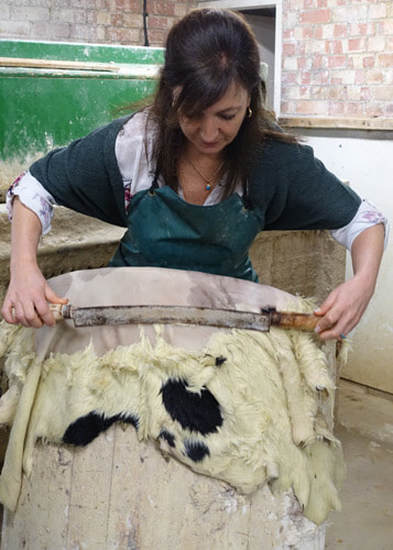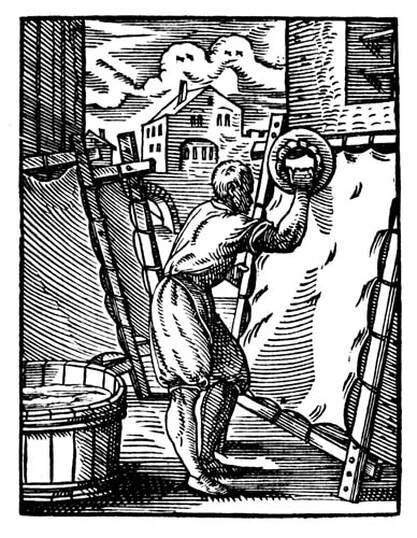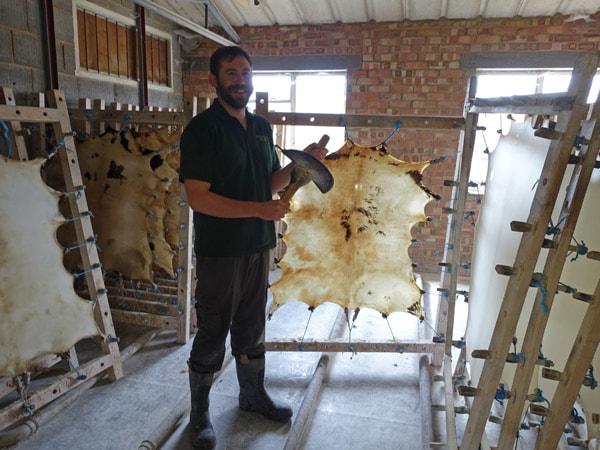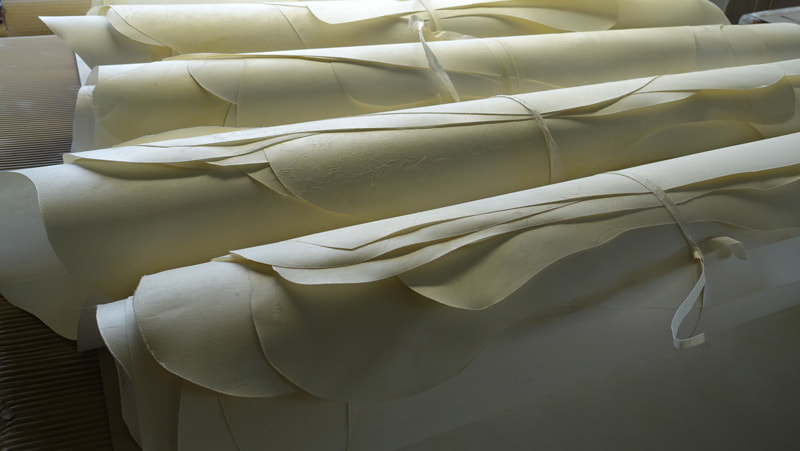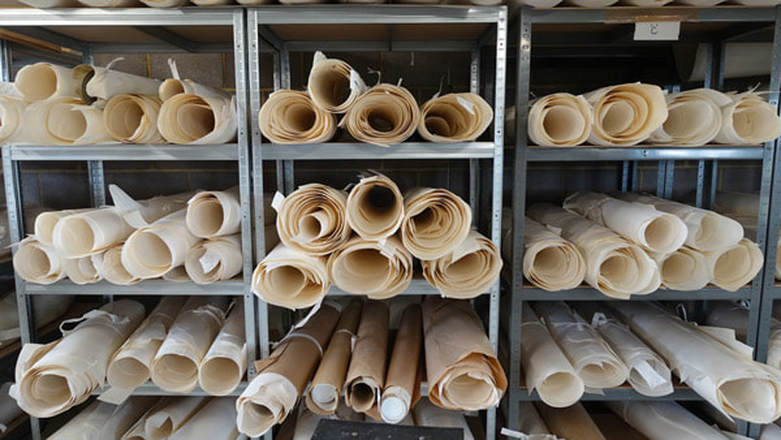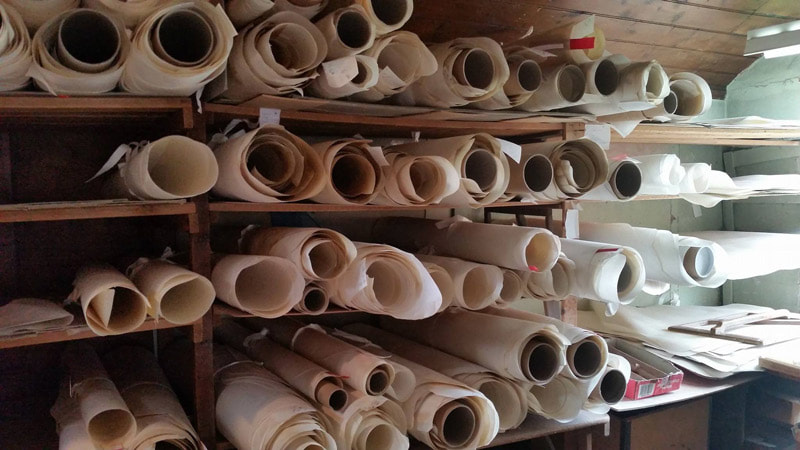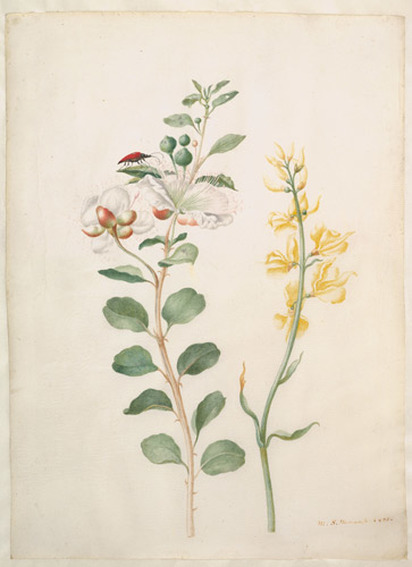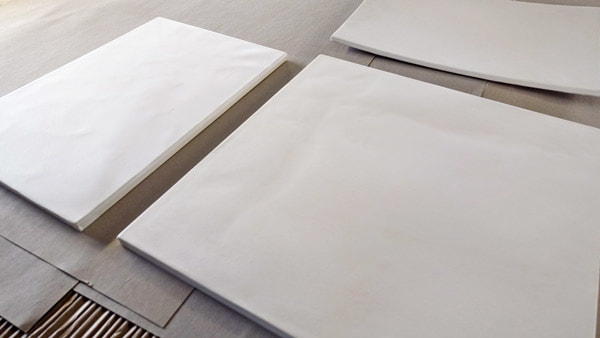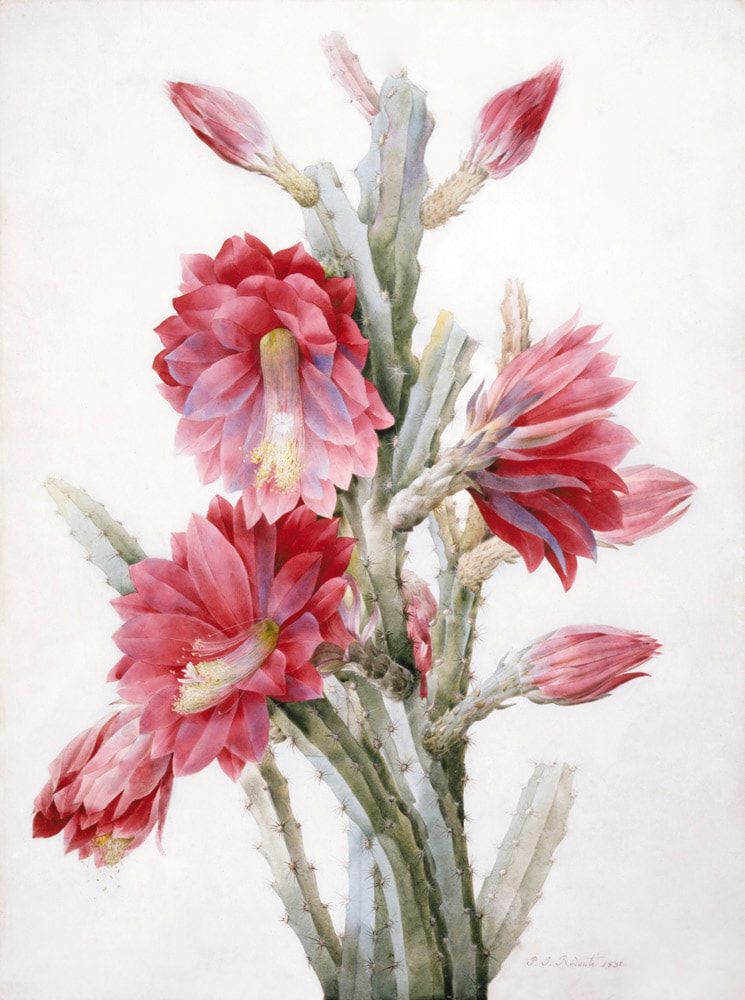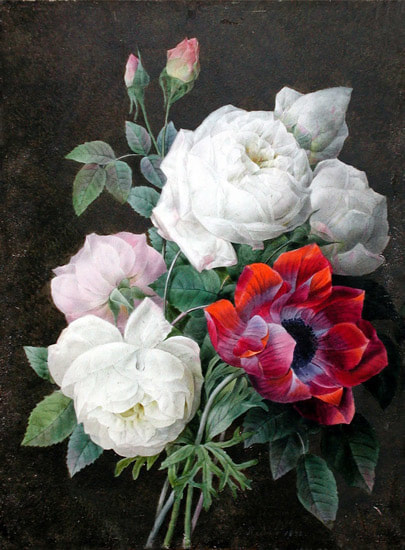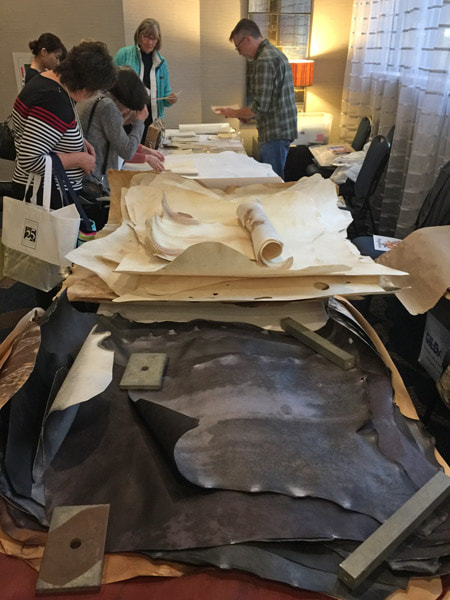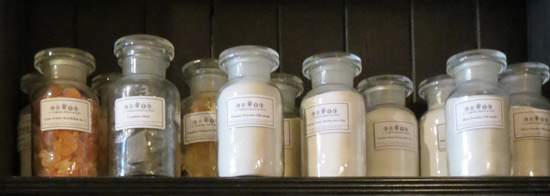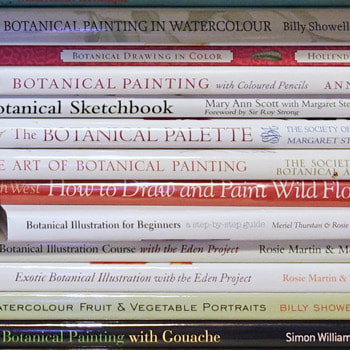- Home
- NEWS
-
HISTORY
- What is Botanical Art?
- What is Botanical Illustration?
- Botanical Art History Books >
- Herbals
- Florilegia and Flora
- Patrons of Botanical Art >
- Past Masters - Botanical Art and Illustration >
- Famous Asian Botanical Artists (600-1900)
- 20th & 21st Century Botanical Artists >
- Botanical Photographers
- Botanical and Herbal Art Online
-
ARTISTS
- Botanical Artists in the UK
- Botanical Artists in North America
- Botanical Artists in Europe
- Botanical Artists in Australia and New Zealand
- Botanical Artists in Asia
- Botanical Artists in Africa
- Botanical Artists in Latin America
- Botanical Printmakers, Photographers, Sculptors et al
- The Jill Smythies Award
- Botanical Artists on Facebook
- Botanical Art Blogs
-
Exhibitions
- Calls for Entries - OPEN exhibitions
- Online Exhibitions >
- RHS Botanical Art & Photography Shows >
- The Shirley Sherwood Gallery of Botanical Art >
- Hunt International Exhibition of Botanical Art & Illustration
-
UK
>
- North America >
- Europe >
- Australasia >
- Asia >
- Africa
- ARCHIVE: World Wide Exhibition of Botanical Art 2018
-
Education
- NEW BOOKS about Botanical Art and Illustration >
-
Best Botanical Art Instruction Books
>
- Tips and Techniques >
- Botanical Art Video Tips >
- Online Botanical Art Instruction >
- International Directory: Botanical Art Teachers
- International Directory of Botanical Art Courses >
- Artist Residencies, Scholarships and Bursaries
- Diplomas and Certificates >
- Distance Learning Courses
- Talks, Lectures & Tours
- Botanical Education on Facebook
- Materials
- Groups
-
Botany
- Why botany matters to artists
- Botany Books for artists >
- Scientific botanical illustration
- Plant Forms and Anatomy
- Plant Evolution and Taxonomy
- Plant Names and Botanical Latin
- Botanical Dictionaries
- How to Identify Plants
- Recording a Plant / Sketchbooks >
- Botanic Gardens & Herbaria >
- Blogs about Plants and Flowers
- Contact
Learn about vellum and how to paint on it
PLUS how to mount vellum and remove paint from vellum!
PLUS how to mount vellum and remove paint from vellum!
The history of vellum
|
The nature of vellum
|
How to paint on vellum
|
Vellum - Originally, a translucent or opaque material produced from calfskin that had been soaked, limed and unhaired, and then dried at normal temperature under tension
|
The processes described on this page for the production of both vellum and parchment are essentially the same.
Very specific references for information on this page are listed with the topic in a box. NOTE: All contemporary vellum and parchment production highlighted on this page is ethically responsible. It only uses the skins of animals who have died naturally or are generated as a by-product of meat production.
Banner image: Four tulips (Boter man, Joncker, Grote geplumaceerde, Voorwint) painted in watercolour on vellum by Jacob Marrel - a public domain image from the Metropolitan Museum of Art. Merian was the step-father of Maria Sibylla Merian and taught her how to paint on vellum.
|
Botanical Art on Vellum
|
Vellum is far more durable than paper over time.
In the past - and the present - it has been used for legal and religious documents as well as for painting. The rationale is that the document needed to last for as long as the asset. Laws in the UK were also always written on parchment. In terms of art:
A lot of the artwork by Ehret and Merian that can be seen online is in the form of engravings of their paintings.
However their original watercolour paintings were painted on vellum. See also an image by Maria Sibylla Merian below - dated 1693. |
Contemporary botanical painting on vellum
Painting on vellum has become increasingly popular in the late 20th and early 21st centuries.
About 20% of the paintings in the first exhibition in the Shirley Sherwood Gallery in 2008 were on vellum supports (the rest were on paper or card and a very few on canvas). The discovery of such a high proportion of artists using vellum was intriguing. Why would they choose this difficult and expensive material instead of paper?
The conservation of botanical illustrations on vellum: past, present and future
|
Rory McEwen revived the interest in vellum as a support for contemporary botanical painting.
He routinely painted on vellum and it seems likely this is because he started his studies of botanical painting with the past masters who also painted on vellum. For example, he studied the techniques used by Redouté when he had the chance to view the two portfolios of 52 original watercolour paintings on vellum acquired by his brother in law Lord Hesketh. This turned into a long-standing commission to paint roses for Lord Hesketh. |
On his death, his Estate gifted the unused supplies of vellum owned by McEwen to The Hunt Institute of Botanical Documentation. In turn, these sheets of vellum are now gifted by the Hunt to talented botanical artists who are interested in working on vellum. Artists who have received McEwen Vellum include: Bobbi Angell, Susannah Blaxill. Jenny Braiser, Richard Carroll, Patricia Dale, Rosalia Demonte, Elisabeth Dowle, Jean Emmons, Linda Funk, Yvonne Hammon, Mieko Ishikawa, Katherine Manisco, Kate nessler, Jenny Phillips, Pamela Stagg, Jessica Tcheripine and Carol Woodin.
I've seen some simply stunning contemporary botanical paintings painted on Rory McEwen vellum! |
Encouraged by (McEwen's) example, a new generation discovered the qualities of vellum: smoothness, luminosity, glow, depth, ivory or cream colour, are all remarked on; ‘like painting on butter’ said one of the artists interviewed, ‘the brush just flies’, said another. The translucency of watercolour pigment against vellum, creating the luminous quality of flowers, is therefore a major factor in the choice of support. Vellum is the perfect material for exploring the surface topography of plants. I often stretch it on board, and its response to watercolor and light can’t be found in any other material. Each piece is unique, and its warmth and modulation of color combine perfectly with the rendering of plant life. |
Other contemporary botanical painters on vellum include:
UK
REFERENCES
|
What is vellum?
|
This guide focuses on vellum made from skin. The word vellum is derived from the Latin vitulus (calf), and its diminutive vitellus.
The product is durable and high-quality. Indeed it is archival as many books which are now centuries old and Acts of Parliament still survive because they were written on Vellum. For example, approximately 85.5 – 90.5% of The Dead Sea scrolls were written on parchment made of processed animal hide known as vellum |
“All of humankind’s history is on parchment and vellum. Magna Carta was written on parchment. The Dead Sea Scrolls: parchment, in 435BC.” |
|
Vellum can be defined two ways:
Parchment and vellum are both prepared skins which are NOT tanned. |
...parchment in general refers to any type of animal skin turned into a paper-like material from physical action, including the removal of extraneous flesh, fat, and hair... In 2016, in the UK, there was scare relating to the production of vellum and parchment - summarised in this article The Great Vellum Scare - and what happened next. However vellum continues to be produced in the UK by William Cowley & Sons.
|
How is vellum sourced?
Vellum as a generic term is a surface derived from the skin of a calf.
IMPORTANT points to note are:
IMPORTANT points to note are:
- No animals die to produce vellum.
- Skins are typically sourced by ethical manufacturers from farms where livestock has been reared for wool, milk or meat.
- Skins would otherwise be disposed of as waste products.
How is vellum made?
|
The photographs in this section are from a visit to William Cowley's in Newport Pagnell - organised by Shevaun Doherty and Dianne Sutherland, They show aspects of the process of processing skins from receipt to the completed end product.
|
'I think we're the only company in the world still making proper vellum in the proper way.' By this he means without harsh chemicals, completely by hand and 'pigging hard work'. The Last British Parchment Maker, WIlliam Cowley | House & Garden |
Vellum is the skin of an animal which has been scraped of hair and flesh, cleaned, bleached and stretched on a frame.
Nothing much has changed about the traditional process over centuries of use - except how people dress!
Nothing much has changed about the traditional process over centuries of use - except how people dress!
Vellum and parchment making is a master craft
- Vellum comes from calves, goats or deer. Parchment comes from sheep.
- Skins are first selected. Many are rejected due to faults in the skin e.g. scars
- Next they need to be "rotted down". They are then defleshed by being soaked in vats containing lime and natural ingredients - a very smelly and dangerous process. This also also helps to loosen the roots of the hair!
- Hair is then removed using a two handled scraper called a scudder. 'Skud' is an old English word for the removal of dirt, lime, fat, and fragments of hair from a hide / skins with the aid of a small knife.
The purpose of the lime bath is to soften and dissolve the epidermal layer that lines the hair follicles thus making the hair easier to remove (Cains, 1992, p. 50)
- Next a skin is tied with cords to a very robust frame - called a 'herse' - for further cleaning and stretching
- The skin is then scraped, while still damp by a nam called a parchmentar. Imperfections like dark skin are scraped away. He uses a crescent-shaped 'half-lunar' knife (a "lunarium" or "lunellum" - lunar for short) to remove any remaining hair from the hair side and tissue from the flesh side and to stretch the skin to help it lie flat. He needs two hands to scrape the surface in short, sharp bursts. (Ancient vellum makers used flints).
- A little mark left on the skin can identify the parchment maker.
The lime bath and mechanical dehairing in the preparation of parchment leaves the animal skins consisting almost entirely of collagen fibres. These fibres are composed of long chains of amino acids; mainly glycine, proline, hydroxyproline. Chemical bonds between these chains maintain the fibre structure and render it insoluble in cold water (Woods, 1995, p. 222).
This video is about a visit by the BBC to William Cowley & Sons and an explanation of how parchment is made.
It demonstrates
It demonstrates
- how skins are selected and kept in salt preserve,
- lime washed to remove the hair on the outer skin,
- how the skin is stretched and knives used to remove any tissue (fat etc) on the meat side;
- how skins are stretched to dry in a warm environment.
|
When completely clean of all remnants of the animal
|
A prepared skin has two sides:
|
|
REFERENCE:
|
BIBLIOGRAPHY
|
Types of natural vellum
|
There are a variety of names for vellum - and these can vary between different places. Confusion over names goes back a long way.
|
That stouffe that we wrytte upon, and is made of beestis skynnes, is somtyme called parchement, somtyme velem, somtyme abortyve, somtyme membraan. |
|
The word Vellum dates back to the 15th Century.
The Old French "velin" means from velin of a calf, from veel (veal) "Pergament" is an alternative name for parchment. |
What makes vellum different from leather is that:
|
Below are the descriptions of different types of Vellum and Parchment. Each has its own unique characteristics.
|
|
“With most fraudsters, the moment they know a painting is on vellum they don’t bother trying to copy it. They know it’s a fruitless exercise. You might be able to skilfully copy the painting, but you can’t replicate the DNA of the material on which its painted. It’s unique.” Artists turn to vellum to beat the forgers copying their work
REFERENCES:
- Vellum | Wikipedia - Vellum is a translucent material produced from the skin of a young animal
- Parchment | Wikiedia - Parchment is a writing material made from specially prepared untanned skins of animals—primarily sheep, calves, and goats.
- Differences between Parchment, Vellum and Paper | National Archives - What's the difference between parchment, vellum, and paper?
- Vellum | Academic Dictionaries & Encyclopedias - The history, preparation and uses of Vellum
- Etherington & Roberts. Dictionary - vellum - Bookbinding and the Conservation of Books. A Dictionary of Descriptive Terminology.
- William Cowley - Uses of Vellum - describes the very many traditional uses of vellum.
- FAQs | Pergamena - answers to frequently asked questions about the products produced by and the processes used by Pergamena
Three of the images of art on this page are from the Collection of the Metropolitan Museum of Art.
Each image is linked to the page on the website which tells you more about the individual painting.
To find out more about Maria Sibylla Merian see her page in the History section of this website
Each image is linked to the page on the website which tells you more about the individual painting.
To find out more about Maria Sibylla Merian see her page in the History section of this website
THE NATURE OF VELLUM AND HOW IT BEHAVES
The following tips have been derived from reading every source I can find - online and off - about painting on vellum.
See "how to paint on vellum" for references to specific articles about painting on vellum. which include useful tips.
As you might expect many repeat the exact same tips!
See "how to paint on vellum" for references to specific articles about painting on vellum. which include useful tips.
As you might expect many repeat the exact same tips!
Things you "Need to Know"
- the skin wants to bend and curl and will not stay flat unless mounted to a solid support which will not bend
- thinner vellum tends to distort more than ticker vellum
- large pieces of vellum are more likely to distort than smaller pieces
- the skin will not stay flat if high levels of moisture and humidity in the atmosphere can penetrate the mount / support / frame (see above re hygroscopic properties)
- hinging tape used for attaching unmounted vellum to a mat must be good quality and very reliable but might not be strong enough for the vellum curl.
|
Colour of surface
"If you've never painted on vellum before always start with Kelmscott." |
Thickness of the surface
|
Because of the nature of animal skin, parchment and vellum objects have acutely hygroscopic properties and are liable, even over a very short period of time, to unevenly change shape in all dimensions.
Victoria and Albert Museum
This is a video made by the British Library which demonstrates skins and how these were used for manuscripts
|
VERY Sensitive to Humidity
|
REFERENCE:
This video shows how parchment kept in an environment excessively dry will shrink and curl.
|
How to stop distortion and bending
- It's a skin - and it's not used to lying flat!
- It has a natural tendency to bend and you need to counteract this. Thick vellum which has been rolled is going to need a lot of work to unbend the roll.
- Moisture helps to promote bending so avoid keeping vellum in any area where humidity is high.
- Pergamena recommend keeping skins gently rolled up (head to tail - along the spine) in a stable @ 55% humidity environment. Then unroll and roll the other way before use. (But see above re. technical recommendations by scientists)
- Do NOT use heat to press flat.
- Kelmscott is coated and therefore thicker than uncoated vellum and when unstretched does not tend to cockle as much
|
How to paint without distortion
|
Mount on a board
|
How to mount vellum
The ampersand board will bend with the tension after glueing on anything other than small pieces so you need the cradled boards for larger pieces. The good thing about rabbit skin glue is that it’s reversible, so if there’s a bubble it can be flattened. If you use other glues it’s hard to correct
Dianne Sutherland (Discussion about Vellum in the Facebook Botanical Artists group)
More experienced vellum painters have developed different methods for mounting and framing vellum
- artists tend to prefer to mount before they start work rather than after they have completed work
- the support must be flat and dimensionally stable. Hence ensure that the support is structurally stable and cannot warp - particularly for larger pieces
- Use an acid-free support (ie all the acidic tannins and lignins have been removed). Anything labelled suitable for archival or conservation by a reputable supplier should be OK.
- A variety of adhesives have been used - they need to be acid free and archival. Some botanical artists have used rabbit glue; others have used PVA glue for sticking small vellum pieces to boards while others have used Liquid Pritt Sick as it is acid free
- the method used for attaching the skin to the support depends on how the work will be displayed (eg will edges be on show or hidden behind a mat or a slip moulding).
|
REFERENCE: How to mount vellum for display
|
REFERENCE: People who can help you mount vellum
Specialists in Mounting Vellum
Museum Board Various manufacturers produce museum boards - but you need to be careful of how they are made.
Conservation Adhesives
|
Dianne Sutherland discusses below how to remount vellum from a mounting disaster!
I soaked (the vellum) in warm (not hot) water, say 5 minutes or just long enough to take the ripples out and wash of the glue off from the previous disaster. Then dried it off so it wasn't dripping wet, more damp. I made up the rabbit skin glue in advance so that it was cooling and pasted the back of the skin before laying it onto the ampersand. I think it's the aquaboard ( conservation quality ). I wrapped the vellum very tight around the edges. The board has a very slight key on the surface which helps - you cant detect it through the vellum once it's mounted. Ideally you need about an inch spare all round for this. I let it dry off and put tracing paper over the surface and pressed it under many botanical books.....for good luck! and left it for about a week. To my surprise it was perfect but a very slight curve which is minor.... I think from being slightly too damp causing shrinkage. Anyhow I've mounted quite a few pieces now and it works a treat if I'm not too ambitious with the size. Just a light rub with pumice and chalk and its ready to go.
from her comment in response to a query on Blackberries on Natural and Kelmscott Vellum
HOW TO PAINT ON VELLUM
- Including how to prepare vellum for painting
|
Today vellum is still used by both miniaturists and botanical artists who are painting in a very precise way - typically working with 'dry' watercolour using a stippling technique or very small strokes
|
The references (see below) give explanations about :
|
Summary of Tips for Preparing Vellum for Painting
|
Preparation
|
How to make a surface smooth again
|
|
What Elizabeth Smith learned about painting on vellum in a workshop with Carol Woodin
|
Sarah Morrish paints a sequence of Samaras on vellum using watercolour and a Rosemary & Co Brush No.2
|
Summary of Tips for Painting on Vellum
|
Which side to work on
|
DRAWING
|
‘I apply the paint with a very small sable brush, slowly building subtle shifts in tone and colour to describe their form. It may take several hours or days to realise just a few centimetres and it can’t be rushed. It takes such tenacity and demands the utmost respect for the finest of artist’s materials.’
Fiona Strickland
PAINTING
|
This is NOT like painting on paper.
What to do about mistakes
|
Techniques which work better include....
|
BELOW Shevaun Doherty demonstrates how to lift paint from vellum in a demonstration of how to paint on vellum
REFERENCE: How to Paint on Vellum
- Painting on Vellum | Kate Nessler ASBA (Originally appeared in The Botanical Artist – Volume 15, Issue 2)
- Painting on Vellum | Denise Walser-Kolar ASBA (Originally appeared in The Botanical Artist)
- Blackberries on Natural and Kelmscott Vellum | Dianne Sutherland
- A Visit to the William Cowley Works: Trying out Transparent Vellum | Dianne Sutherland
- Small works, Plants and Insects | Dianne Sutherland - discusses techniques of painters from the past
- Painting on Vellum | Janene Walkky
- Working with vellum today | Artweb
INSTRUCTION IN PAINTING ON VELLUM
Contemporary Teachers / Tutors
There's no exclusivity to 'painting on vellum'. Artists have been doing it for centuries.
However a lot of contemporary practice has been relearned along the way - and some of it has been generously shared with others. Which is not to say you wouldn't benefit more by taking some lessons with those experienced in painting on vellum!
However a lot of contemporary practice has been relearned along the way - and some of it has been generously shared with others. Which is not to say you wouldn't benefit more by taking some lessons with those experienced in painting on vellum!
Botanical Painting on Vellum is now taught in a variety of ways.
See the see Education section on this website to find painting on vellum as
See the see Education section on this website to find painting on vellum as
- a module on some Diploma Courses
- a component of some Online / distance learning Courses
- short workshops, courses and classes.
Historical references
REFERENCE: Historical Methods
- Illuminated manuscript | Wikipedia details the processes and paints used for the illumination process in the medieval and Renaissance periods
- The Lindisfarne Gospels | BBC
Practicing botanical artists who are tutors
Below is a list of those contemporary botanical artists who provide
- tuition in painting vellum (or have provided in tuition in the recent past) and/or
- have provided tuition in writing about painting on vellum.
|
UK & Ireland based tutors
Dianne Sutherland | Teaching website | Facebook Page Without a doubt, Dianne Sutherland is the artist who has been most generous in sharing information and practices for painting on vellum. I very much recommend subscribing to her blog.
Shevaun Doherty | Facebook Page
|
North American based tutors
Carol Woodin
Kate Nessler
Denise Walser-Kolar | Workshops listed on website
Karen Klugheim
Janine Walky
|
Below Sarah Morrish illustrates an overview of the various stages and techniques used when painting on vellum in a teaching video she prepared and used used for a course about painting on vellum.
CONSERVATION OF VELLUM
|
Artists need to be very mindful of the archival materials and methods used for the mounting and framing of artwork on vellum - if their artwork is to enter a permanent collection and be preserved over time.
|
...acquisitions are generally perceived to be in good condition but, in some cases, a work of art that looks good in the frame proves to be mounted with materials likely to deteriorate in time. |
REFERENCE: Historical Examples of painting on vellum
- Catalogue of Illuminated Manuscripts | British Library
- The Royal Collection of Manuscripts | British Library
- Labors of the months in Tres Riches Heures du Duc de Berry | Wikimedia Commons
Below are LINKS to articles, web pages and blog posts by those dealing with the conservation of vellum.
Because of the nature of animal skin, parchment and vellum objects have acutely hygroscopic properties and are liable, even over a very short period of time, to unevenly change shape in all dimensions.
The mounting of single leaf parchment & vellum objects for display and storage
|
The main research on the conservation of botanical illustrations on vellum has been summarised in a research paper published in 2013.
Key points are: The physical damage and deterioration of vellums in the Collections at Kew appeared to be the result of three main factors:
The vellums were remounted into 4-ply acid free mounts using a hinging method that would allow for some expansion and contraction of the vellum. The paper discusses:
|
Other conservation matters:
There are three primary concerns in the preservation of objects containing the protein collagen. The first is the immediate or short-term effects of the environment, primarily associated with temperature and relative humidity, on the physical properties such as strength, flexibility, permeability, and dimensional changes. The second is the long-term effects of the environment, associated with temperature, relative humidity, oxygen concentration, chemical pollutants, and radiant energy (light), in causing “aging,” or chemical modifications of the original material. Also important is how the environment allows biodeterioration by microorganisms and fungi of such a rich nutrient source. |
REFERENCES: Museums and conservators
- The conservation of botanical illustrations on vellum: past, present and future by Catherine Rickman , Kate Edmondson & Emma Le Cornu | Journal of the Institute of Conservation - This article describes the conservation treatment and preparation of illustrations on vellum for exhibition and long-term storage, focusing on the collections of the Royal Botanic Gardens, Kew.
- Portrait miniatures: materials & techniques - Victoria and Albert Museum - The first portrait miniatures were painted by artists trained to illustrate hand-written books. They used similar materials and techniques, painting in watercolour on vellum, a fine animal skin.
- The mounting of single leaf parchment & vellum objects for display and storage | Conservation Journal October 1993 Issue 09 | Victoria and Albert Museum
- Analysis and Treatment Using a Video Microscopy System - Initial examination showed that the vellum had partially lifted from the oak board (Figure 3). Closer scrutiny revealed cracks and fissures across the entire surface of the painting. In many areas pigment had completely detached from the vellum support, and some parts of the painting were severely damaged
- ‘Repair Treatments for Vellum Manuscripts’, by Anthony Cains | The Paper Conservator 7 (1982/83): 15 – 2
- Conservation and restoration of parchment | Wikipedia
- The Effects Of Relative Humidity On Some Physical Properties Of Modern Vellum: Eric F. Hansen, Steve N. Lee, & Harry Sobel | Journal of the American Institute of Conservation
Conservation Products
The suppliers listed below are
Solander Boxes - for microclimate management Moisture Control
- either those listed at the end of a research paper
- and/or are suppliers "By appointment to HM The Queen" Supplier of materials for conservation and preservation (Preservation Equipment Ltd)
Solander Boxes - for microclimate management Moisture Control
- Art-Sorb Moisture Control Sheets | Preservation Equipment Ltd. (PEL)
- Heritage Conservation Board | John Purcell
- Museum Board | John Purcell
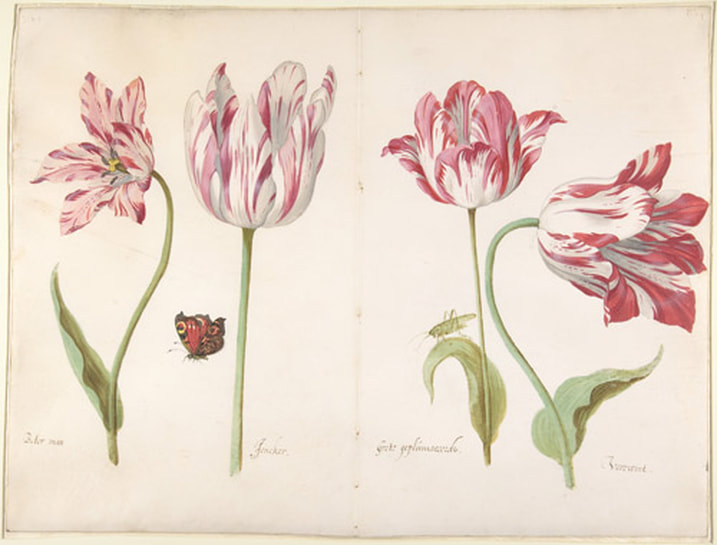
Four Tulips: Boter man (Butter Man), Joncker (Nobleman), Grote geplumaceerde (The Great Plumed One), and Voorwint (With the Wind) (ca. 1635–45) by Jacob Marrel. watercolor on vellum (sheet (c.): 13 3/8 x 17 11/16 in. (34 x 44.9 cm) Collection The Metropolitan Museum.
Do read the narrative on the page about the image! (link embedded in image)
VELLUM SUPPLIERS
|
Parchment and vellum making is on the Heritage Crafts Association's Red List of Endangered Crafts
|
|
UK Manufacturer / Supplier
William Cowley in Newport Pagnell, Buckinghamshire is the only producer and main supplier of Vellum (and Parchment) in the UK and the only commercial manufacturer of genuine Goatskin Vellum and parchment in the UK.
Available products include:
|
UK Retailers
In practice suppliers buy their vellum direct from Cowleys. However if you don't want Kelmscott and prefer to select vellum personally you may prefer to deal with a retailer you can visit more easily. Suppliers include
|
REVIEWS of vellum supplied by different UK companies
- Sandra Doyle - Painting on Vellum Samples - Brazilian Calf Vellum supplied the Vintage Paper Company
|
USA Suppliers
Pergamena, based in Montgomery NY, is a producer and supplier of parchment - which they describe as including vellum.
Talas is based in Brooklyn and their website has a shopping cart, It provides supplies and services to bookbinders and conservators in the main. They supply Vellum:
|
DO NOT BE MISLED by American Paper Manufacturers who refer to their paper as "vellum".
If it's paper it's not vellum - within the context of the subject on this page.
If it's paper it's not vellum - within the context of the subject on this page.
|
Brazilian Suppliers
Cortume Runge (English website) Rua Coronel Seabra, 1165 - Santo André, São Paulo, Brazil Their animal parchment or Vellum comes from goat skins from the Northeast of Brazil because they have less fat, providing a Pmore elaborate and high quality final product. |
Suppliers of Pumice
Amorphous (non-crystalline) in structure and composed primarily of aluminum silicate, pumice is a naturally calcined volcanic glass foam consisting of highly vesicular strands permeated with tiny air bubbles. It is these frothy, friable glass vesicles that, when carefully re ned to various grades, give pumice its unique and in nitely useful qualities.
Hess Pumice - Tech. sheet for FFFF Grade Pumice
|
Very fine grade "Pounce" (pumice powder and cuttlefish) or Pumice alone 60n/240 mesh is necessary for degreasing vellum in order to prepare it prior to painting.
You can apply it using a small amount inside a muslin sack or make one for yourself out of a pop sock or stocking. The amount of pumice released is dictated by how fine jade the pumice is and what denier the stocking (or tights) are. The aim is to prepare the surface without causing any marks on it. |
The various grades of pumice are defined as follows (and their typical uses are define in brackets). The mesh size relates to how many openings there are in one inch of a mesh sieve and measures the size of the largest particle.
|
|
UK Suppliers
Also available online via Amazon UK |
USA Suppliers
Also available online via Amazon.com
|
Resources about Botanical Art and For Botanical Artists
ABOUT: About the Author | Contact | Testimonials | Privacy Policy COPYRIGHT 2015-22: Katherine Tyrrell all rights reserved.
|
NEWS
News Blog about artists, awards, exhibitions etc. |
EXHIBITIONS
- Calls for Entries - Exhibitions around the world - Online Exhibitions - RHS Exhibitions - Hunt Exhibitions ORGANISATIONS
- Botanical Art Societies - national / regional / local - Florilegium & Groups - Botanical Art Groups on Facebook |
EDUCATION
- Tips and Techniques - Best Botanical Art Instruction Books - Directory of Teachers - Directory of Courses - Online Botanical Art Courses - Diplomas and Certificates - Talks, Lectures and Tours ART MATERIALS (Paper / Vellum) BOTANY FOR ARTISTS - Scientific Botanical Illustration - Best Botany Books for Artists - Plant Names & Botanical Latin BOTANIC GARDENS & Herbaria |
FEEDBACK
Please send me . - news to share - info. about exhibitions - any suggestions for what you'd like to see on this website ADVERTISE Contact me if you'd like to promote workshops and courses on this site. AFFILIATION This website is free to you but not for me! (See Affiliate Income below) |
|
Cookies, Personal Data & Privacy tells you how this site relates to and impacts on you and your privacy - and your choices.
Product & company names may be trademarks of their respective owners |
About Affiliate Income: This website has been created to share information not to make a profit. I am an Amazon Associate and earn from qualifying purchases (e.g. books from Amazon) which helps offset costs associated with maintaining this very large website.
|
- Home
- NEWS
-
HISTORY
- What is Botanical Art?
- What is Botanical Illustration?
- Botanical Art History Books >
- Herbals
- Florilegia and Flora
- Patrons of Botanical Art >
- Past Masters - Botanical Art and Illustration >
- Famous Asian Botanical Artists (600-1900)
- 20th & 21st Century Botanical Artists >
- Botanical Photographers
- Botanical and Herbal Art Online
-
ARTISTS
- Botanical Artists in the UK
- Botanical Artists in North America
- Botanical Artists in Europe
- Botanical Artists in Australia and New Zealand
- Botanical Artists in Asia
- Botanical Artists in Africa
- Botanical Artists in Latin America
- Botanical Printmakers, Photographers, Sculptors et al
- The Jill Smythies Award
- Botanical Artists on Facebook
- Botanical Art Blogs
-
Exhibitions
- Calls for Entries - OPEN exhibitions
- Online Exhibitions >
- RHS Botanical Art & Photography Shows >
- The Shirley Sherwood Gallery of Botanical Art >
- Hunt International Exhibition of Botanical Art & Illustration
-
UK
>
- North America >
- Europe >
- Australasia >
- Asia >
- Africa
- ARCHIVE: World Wide Exhibition of Botanical Art 2018
-
Education
- NEW BOOKS about Botanical Art and Illustration >
-
Best Botanical Art Instruction Books
>
- Tips and Techniques >
- Botanical Art Video Tips >
- Online Botanical Art Instruction >
- International Directory: Botanical Art Teachers
- International Directory of Botanical Art Courses >
- Artist Residencies, Scholarships and Bursaries
- Diplomas and Certificates >
- Distance Learning Courses
- Talks, Lectures & Tours
- Botanical Education on Facebook
- Materials
- Groups
-
Botany
- Why botany matters to artists
- Botany Books for artists >
- Scientific botanical illustration
- Plant Forms and Anatomy
- Plant Evolution and Taxonomy
- Plant Names and Botanical Latin
- Botanical Dictionaries
- How to Identify Plants
- Recording a Plant / Sketchbooks >
- Botanic Gardens & Herbaria >
- Blogs about Plants and Flowers
- Contact
